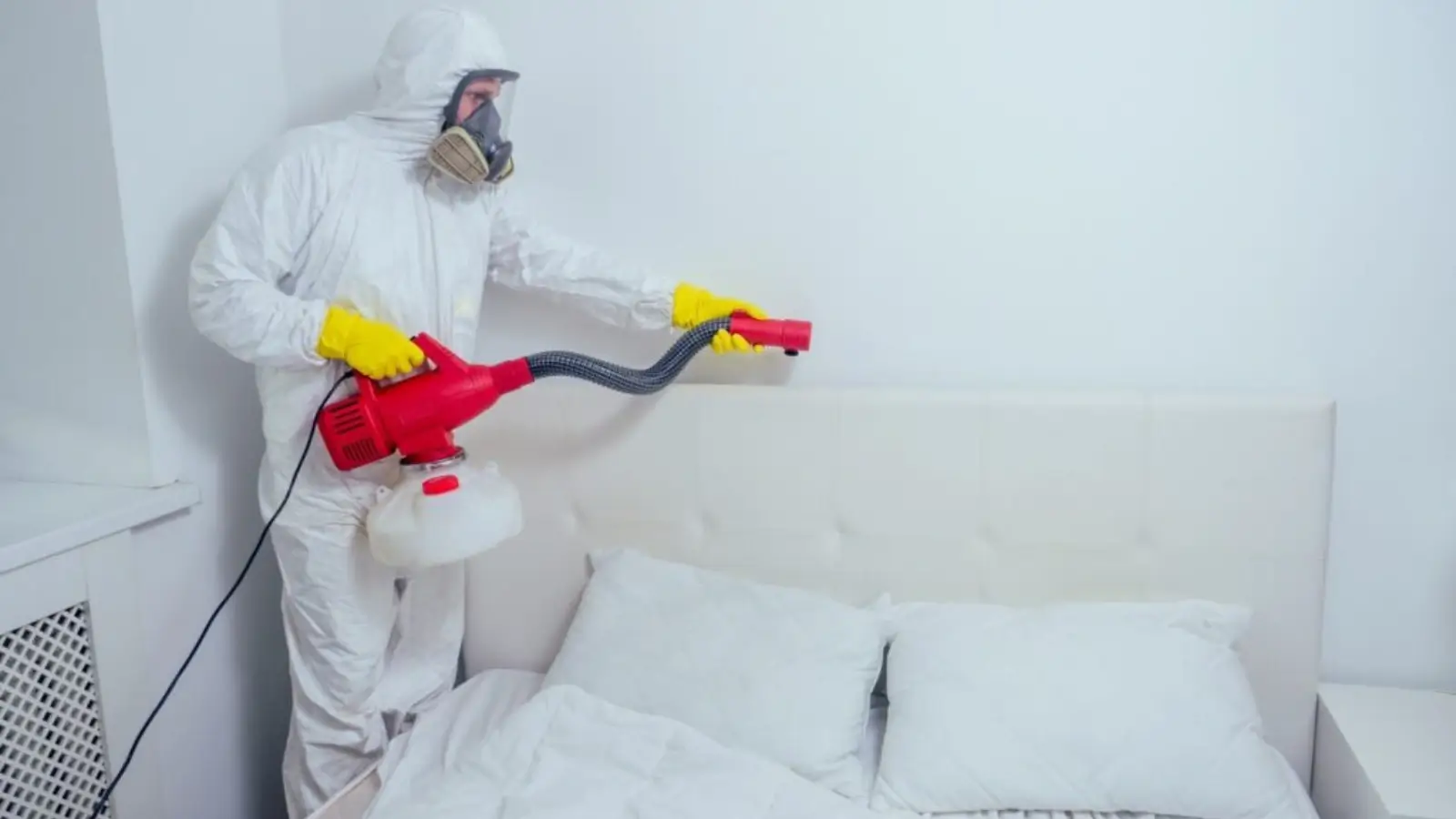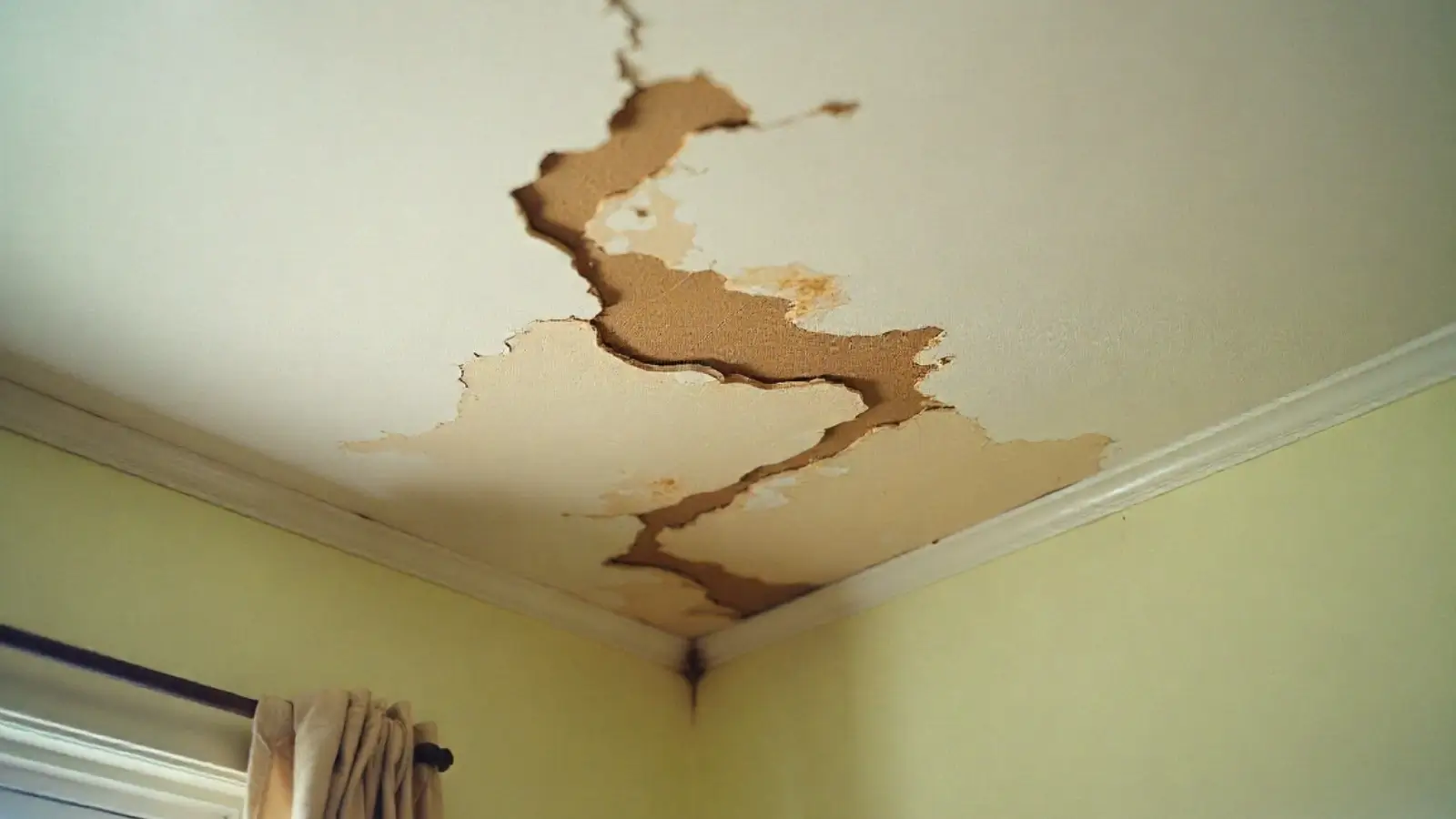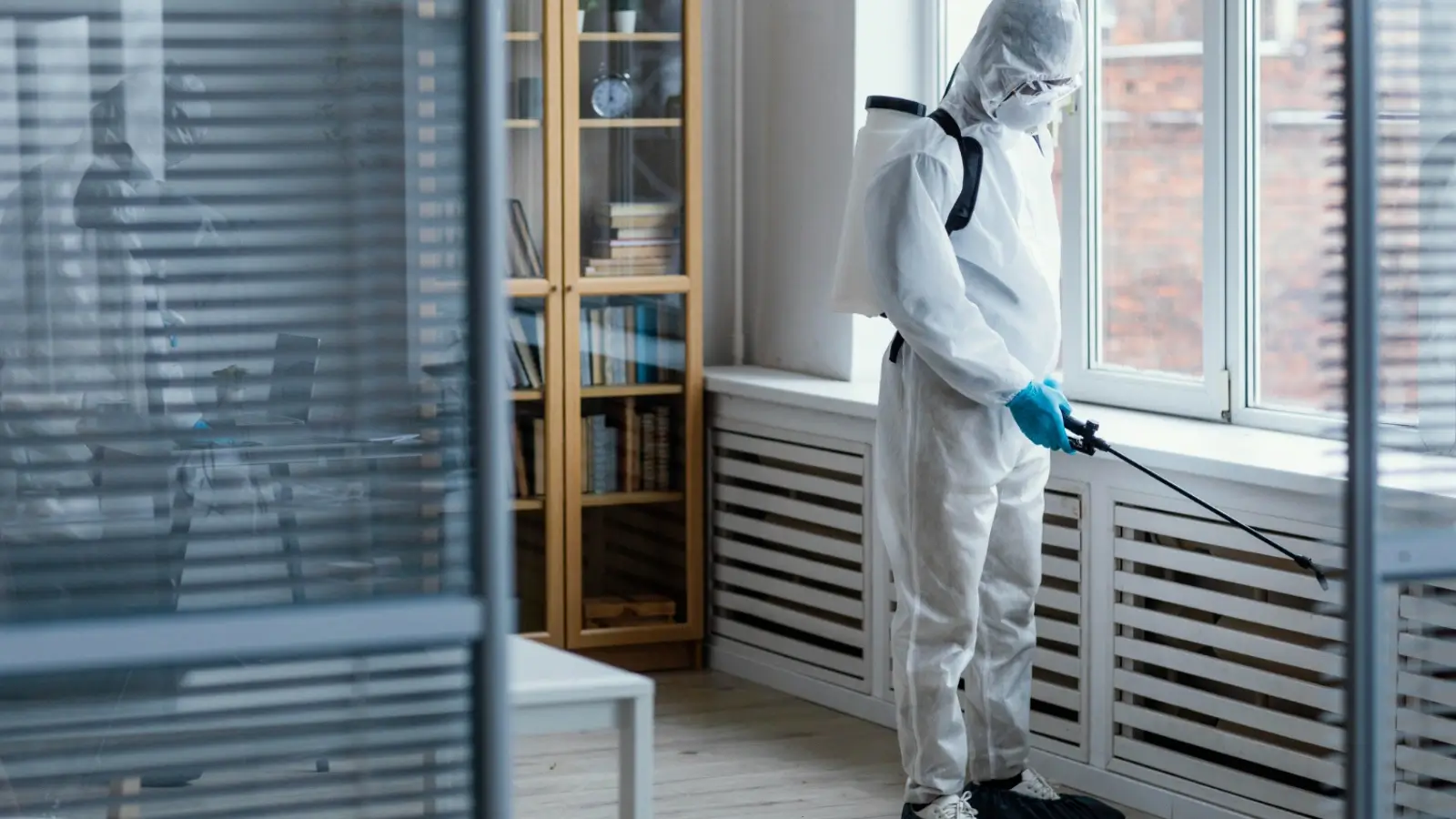Waking up with mysterious bites? Noticed tiny brown specks on your sheets? If you live in a Toronto apartment or condo, you’re not alone—and you might be dealing with bed bugs. These pests are notoriously hard to eliminate, especially in multi-unit buildings where they can easily spread between walls, floors, and hallways.
This guide will walk you through what to do (and not do) if you suspect bed bugs in your apartment. From recognizing the signs to understanding your rights and knowing when to call a bed bug exterminator Toronto renters can trust, we’ve got you covered.
First: Know the Enemy
Bed bugs are tiny, flat insects about the size of an apple seed. They don’t fly, but they crawl fast and are excellent at hiding. While they’re not dangerous, their bites can be itchy, irritating, and—once you know what caused them—deeply unsettling.
Common signs of an infestation include:
- Clusters of red, itchy bites—often in a line or zigzag pattern
- Small blood stains on sheets or pillowcases
- Rust-coloured fecal spots on mattress seams, box springs, or nearby furniture
- Shed skins or tiny white eggs near crevices, baseboards, or electrical outlets
- A musty or sweet odour in more severe infestations
If you notice any of these, don’t ignore them. Bed bugs won’t go away on their own, and acting quickly is key.
Don’t Panic, But Don’t DIY Either
It’s normal to want to fix the problem yourself—but with bed bugs, that’s almost never effective.
Here’s what not to do:
- Don’t throw out your mattress. This won’t solve the issue and could spread bugs to other areas.
- Don’t spray random pesticides. Over-the-counter products are usually ineffective and can make things worse.
- Don’t move to another room. Bed bugs will follow you, and you’ll end up infesting a new area.
Instead, start by reporting the issue to your landlord or property manager. In Toronto, landlords are legally responsible for managing pest infestations—including bed bugs.
Know Your Rights as a Renter
In Ontario, tenants have the right to live in safe and habitable conditions. Under the Residential Tenancies Act, it’s your landlord’s duty to ensure your unit is pest-free.
Here’s what you should do:
- Notify your landlord in writing as soon as you suspect bed bugs. Include dates, symptoms, and photos if possible.
- Allow access for inspection and treatment. Tenants must cooperate with pest control efforts, including preparing the unit.
- Document everything. Keep a record of communications, treatment dates, and any issues.
If your landlord refuses to take action, you can contact Toronto Public Health or the Landlord and Tenant Board.
What to Expect from a Professional Inspection
Once your landlord arranges it, a pest control company will inspect your unit. A reliable bed bug removal Toronto provider will check more than just your bed—they’ll examine furniture, baseboards, outlets, and shared walls.
They may also inspect neighbouring units, especially in apartments or condos where bugs can spread between suites. You should receive preparation instructions ahead of time, like laundering clothes, moving furniture, or clearing clutter.
Why Heat Treatment Is the Gold Standard
While there are multiple methods to kill bed bugs, nothing works as thoroughly—or as safely—as bed bug heat treatment.
Here’s why heat treatment stands out:
- It kills bugs and eggs in one session. High heat (above 120°F) penetrates deep into furniture, walls, and cracks.
- It’s chemical-free. That makes it safer for sensitive individuals, pets, and the environment.
- It’s fast. Unlike chemical treatments that require multiple visits, heat typically works in a single day.
Professionals use commercial heaters and sensors to ensure every part of your home reaches the lethal temperature. It’s not something you can replicate with space heaters or hair dryers—leave it to the experts.
How to Prep for Treatment Like a Pro
Preparation matters. Without it, even the best treatment can fail.
Here’s how to get your unit ready:
- Launder all bedding, clothes, and curtains. Use hot water and the highest dryer setting.
- Declutter your space. Bed bugs love hiding in piles and corners.
- Unplug electronics. Heat can damage some devices—check with the pest control team.
- Move furniture slightly away from walls. This improves airflow during treatment.
- Follow all instructions from your pest control company. They’ll provide specific guidelines tailored to your unit.
Post-treatment, you might need to avoid the apartment for several hours while it cools down.
What Happens After Treatment?
After heat treatment, you may still see a bug or two. That doesn’t mean the treatment failed—sometimes eggs hatch right before dying. However, your exterminator should offer a follow-up to confirm success.
Also:
- Don’t move infested items back into your home without treating them
- Keep clutter to a minimum to reduce future hiding spots
- Install bed bug-proof mattress and pillow encasements for long-term protection
Some companies also provide detection tools to monitor for future activity.
Final Thought: This Is a Job for Experts
Living in a multi-unit building adds layers of complexity to any pest issue. DIY methods aren’t enough, and heat treatments require professional equipment and training. The best course of action is calling a trusted bed bug exterminator Toronto residents rely on for safe, effective, and thorough service.
With fast action, clear communication, and the right professionals, you can reclaim your space—and your peace of mind.

















